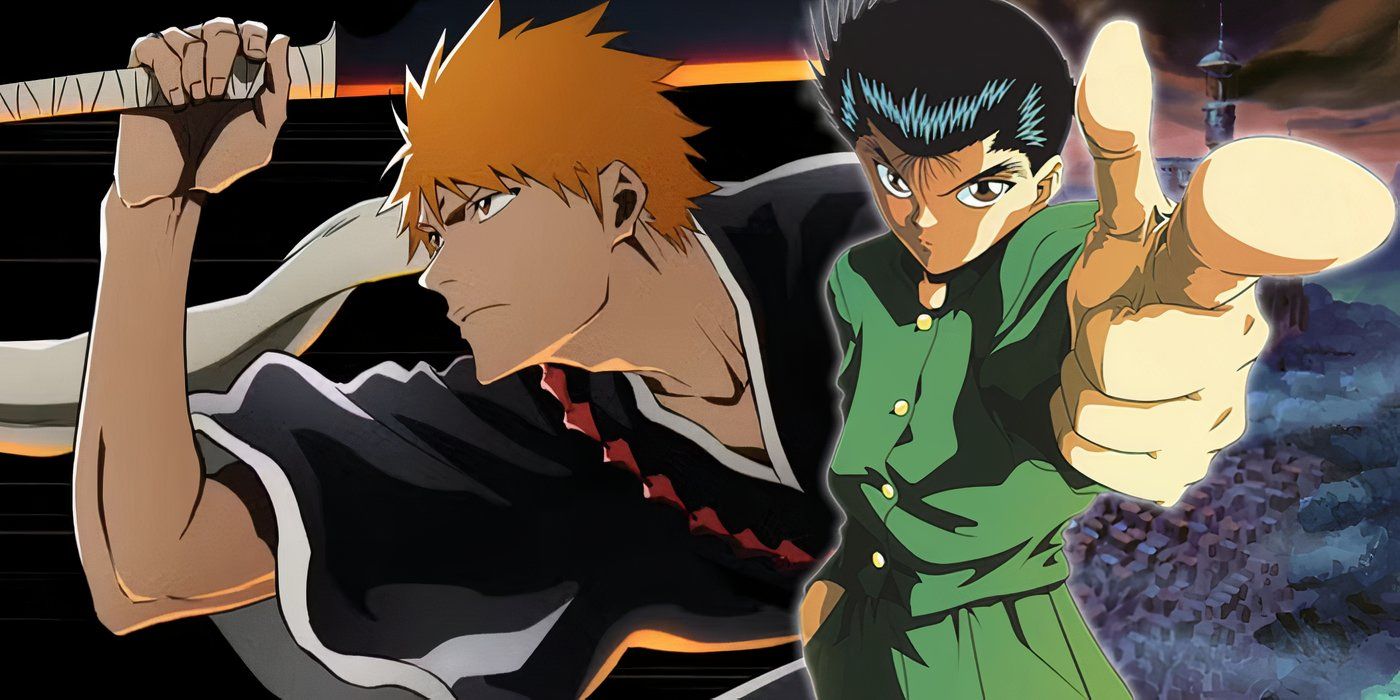
The anime *Bleach* first aired in 2004 and quickly became popular with both fans and critics. It ran for eight years, but was cancelled before the final story arc could be animated. Recently, *The Thousand-Year Blood War* brought the series back into the spotlight, expanding on a rushed part of the original manga. *Bleach* is considered one of the three most influential Shonen anime, alongside *Naruto* and *One Piece*. However, some fans have long noticed strong similarities between *Bleach* and another series, *Yu Yu Hakusho*, leading some to believe *Bleach* borrows heavily from it.
Yu Yu Hakusho was a groundbreaking anime that helped define the shonen genre, setting many trends that later series followed. Creators of popular anime like Naruto, Black Clover, and Jujutsu Kaisen have all acknowledged being directly inspired by Yu Yu Hakusho, highlighting its lasting influence as Yoshihiro Togashi’s first major work. Although Bleach is largely original with its own unique powers and world, there are significant similarities to Yu Yu Hakusho. We’ve analyzed the storylines of both shows, arc by arc, to show how Bleach appears to have borrowed from Yu Yu Hakusho.
Bleach Doesn’t Come Across as a Yu Yu Hakusho Copycat At First Glance
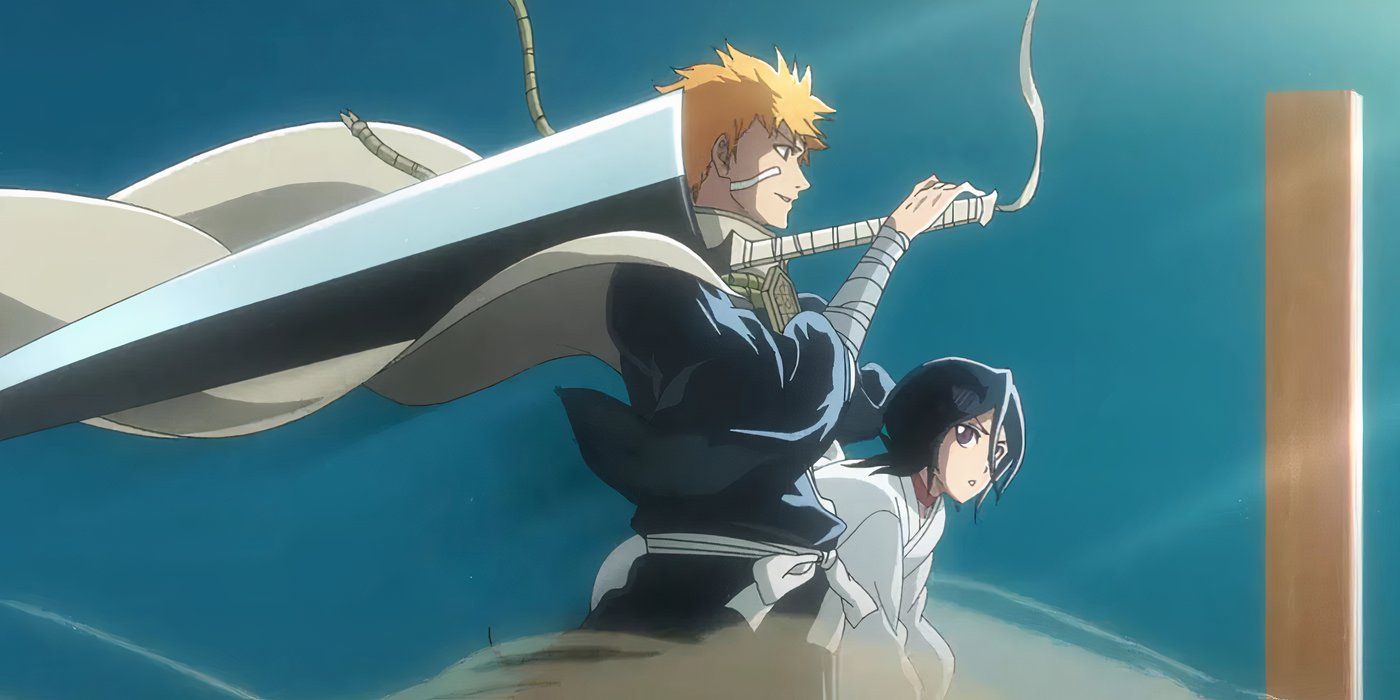
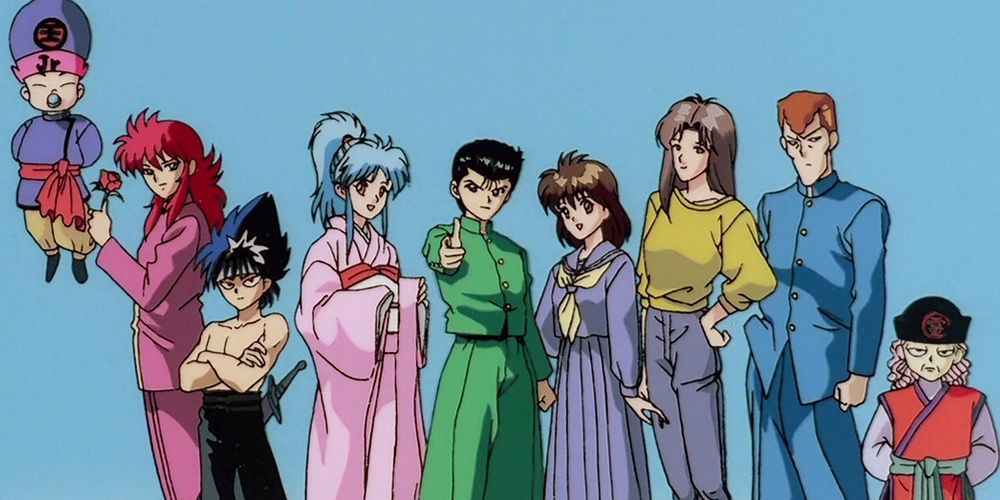
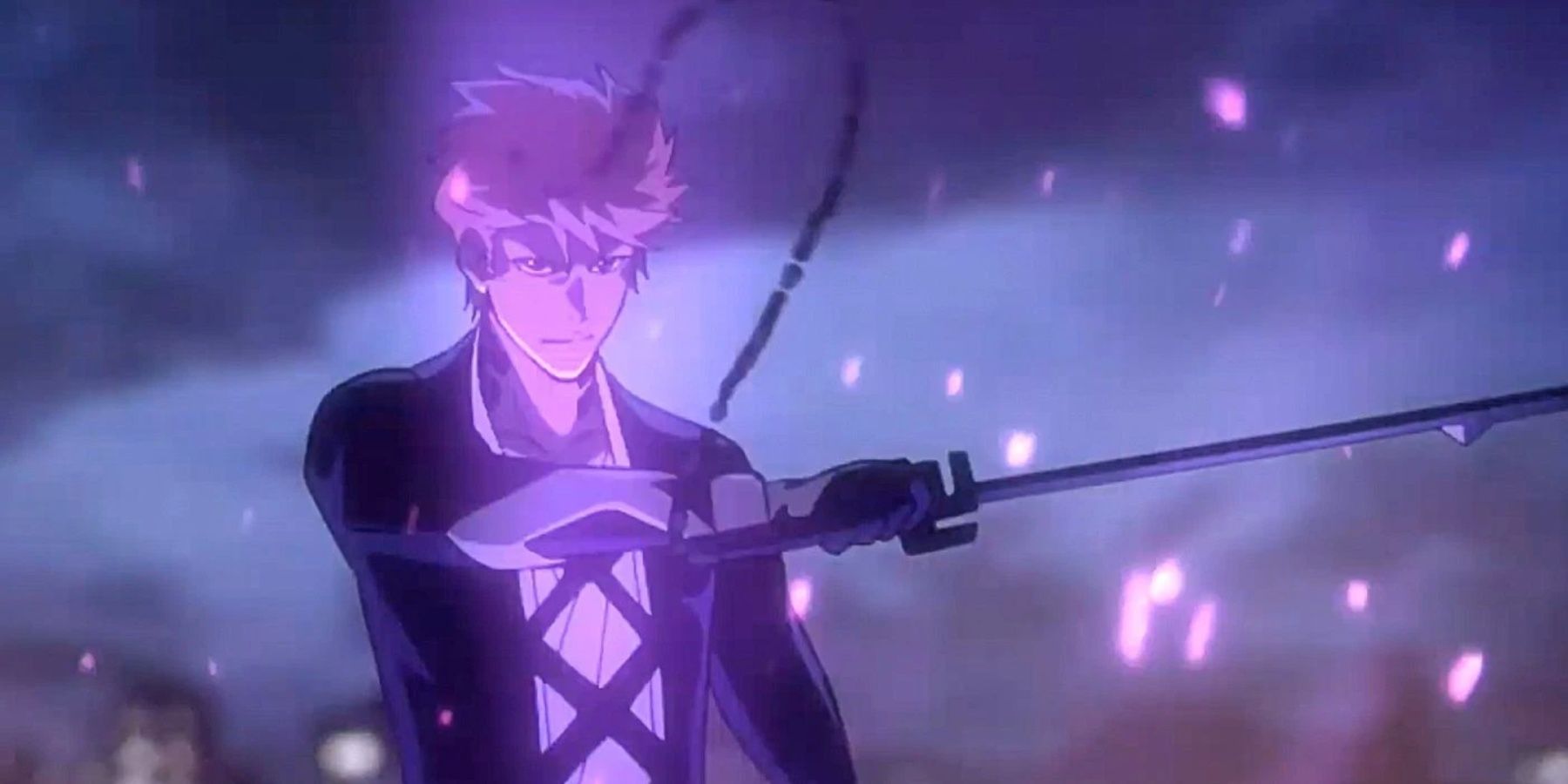
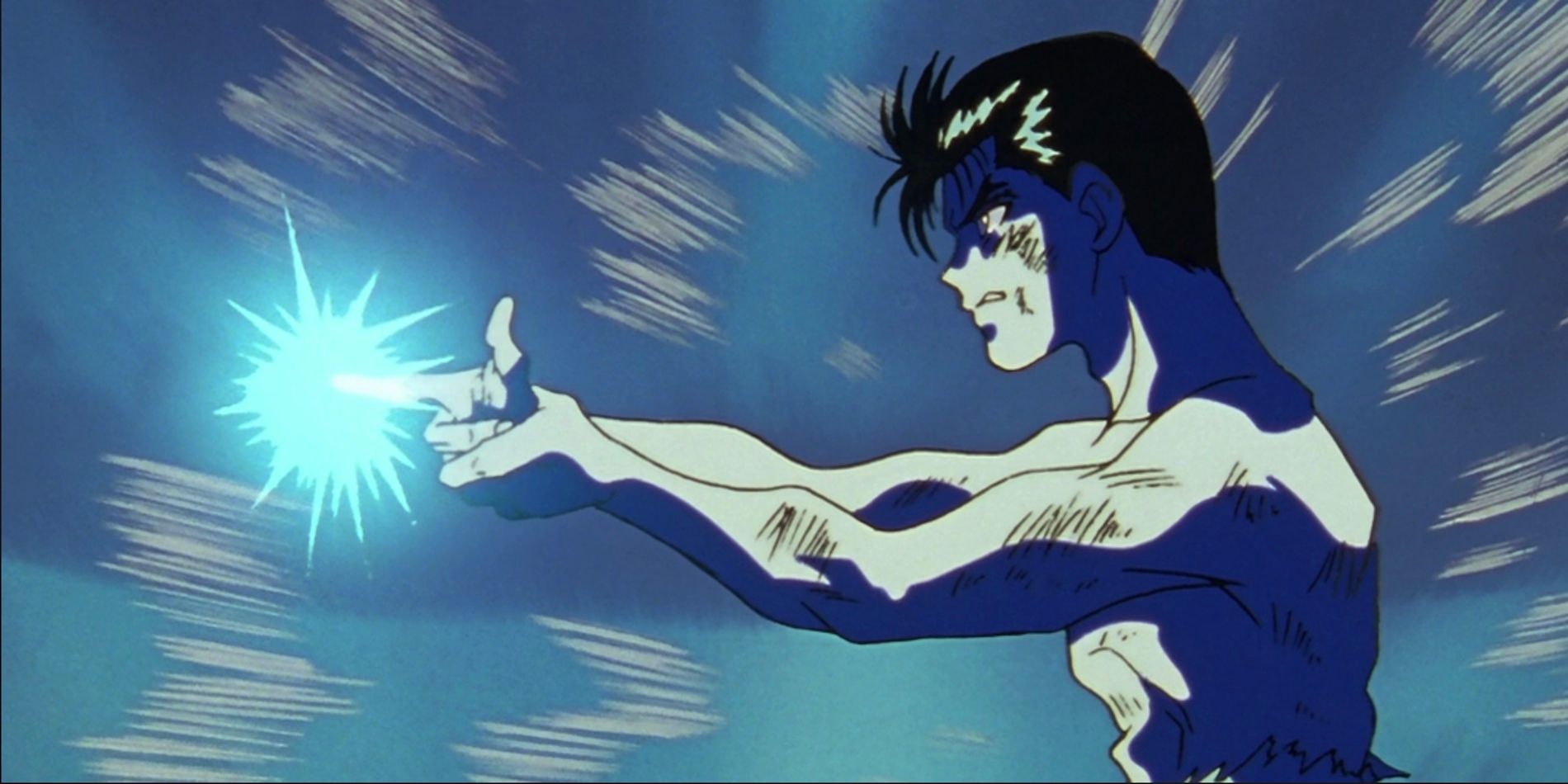
Before we look at what these two anime have in common, it’s important to recognize their differences. While everyone on Team Kurosaki in *Bleach* has unique skills – like Orihime Inoue’s ability to reject phenomena or Yasutora Sado’s Fullbring – *Bleach* has well-defined power systems. Soul Reapers use Zanpakuto, Hollows use Ceros, and Quincies use Schrifts. The introduction of Arrancar – beings that are both Hollow and Soul Reaper – adds another layer of complexity, allowing them to use abilities from both sides. In contrast, *Yu Yu Hakusho* features a diverse range of techniques that can sometimes make the world feel a little chaotic and inconsistent.
Compared to *Yu Yu Hakusho*, *Bleach* has a much larger and more detailed world, with a complex history and a vast number of characters. Many of these characters have their own unique stories that connect to the main plot. While the final arc of *Yu Yu Hakusho* – a demon tournament to decide the fate of humanity – is intense, *Bleach* aims for an even bigger conflict: the complete destruction of the human world, the spirit realm, and the land of lost souls. *Bleach* features a large, diverse cast, making it feel like a modern anime epic, whereas *Yu Yu Hakusho* primarily focuses on the adventures of Yusuke Urameshi and his team.
Ichigo Kurasaki & Yusuke Urameshi Both Become Spiritual Recruits
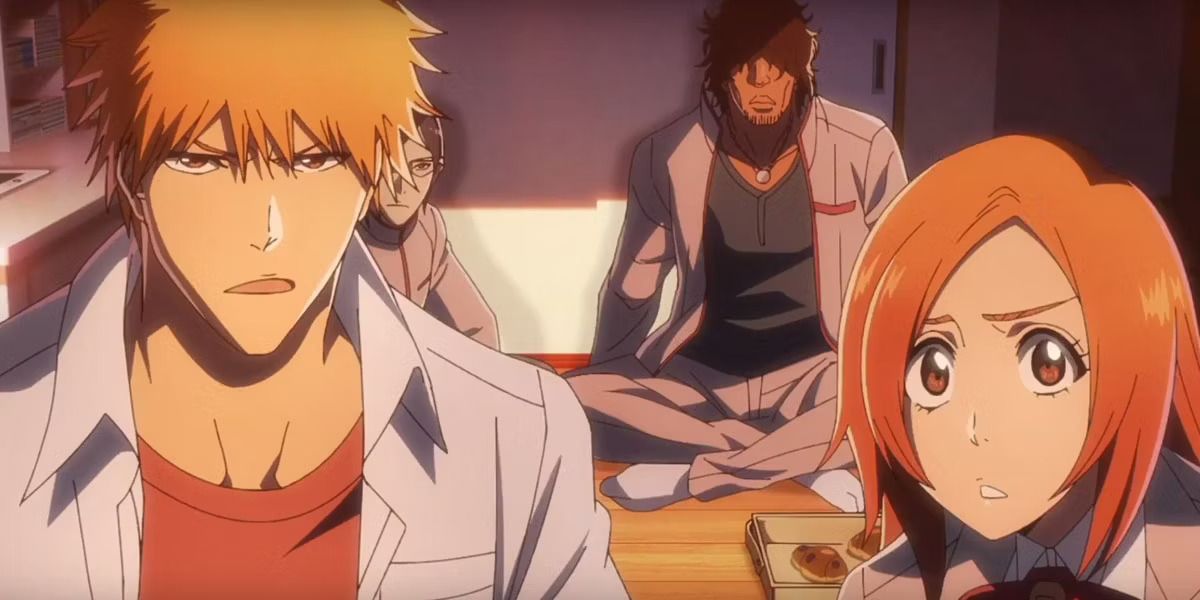
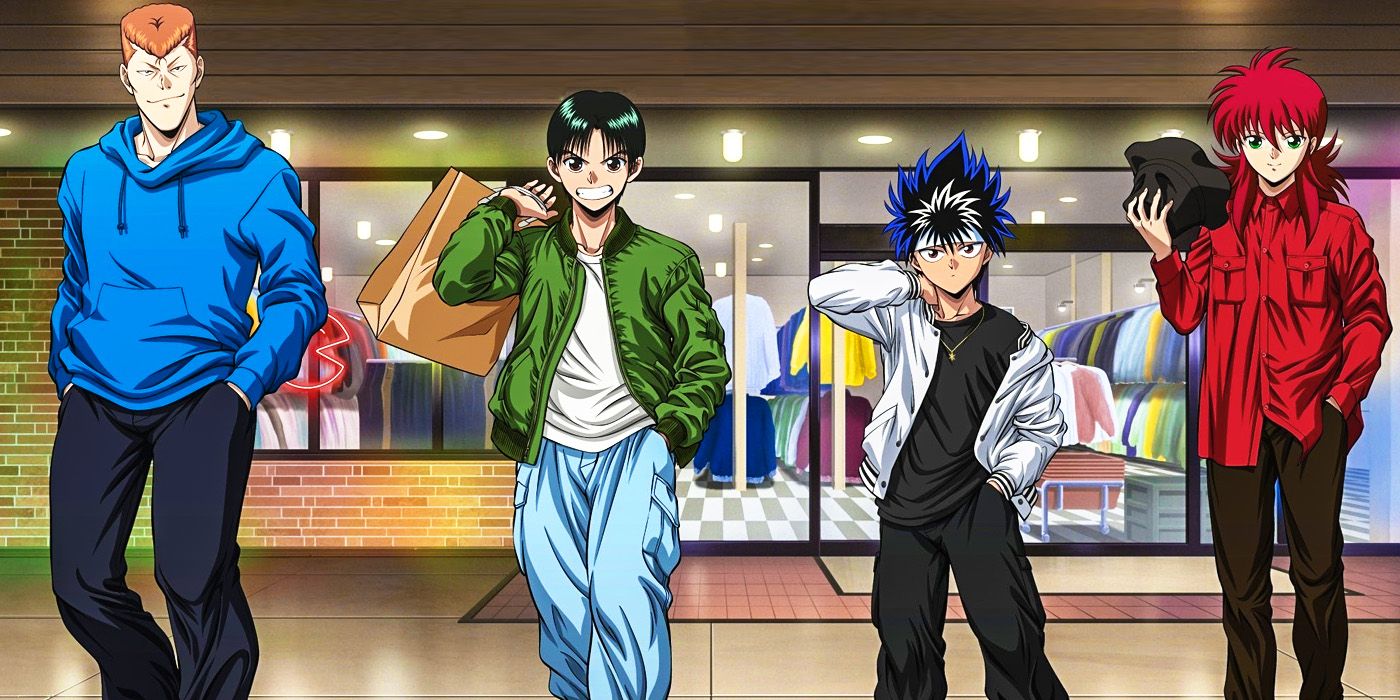
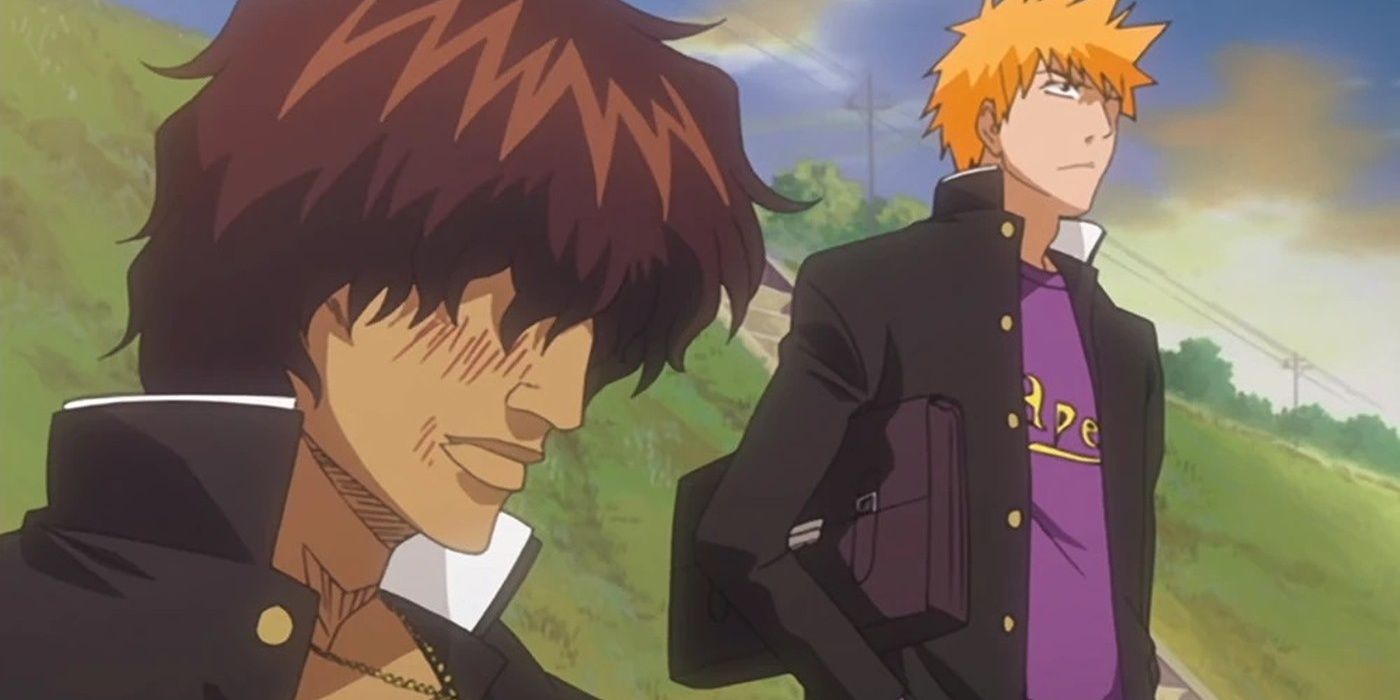
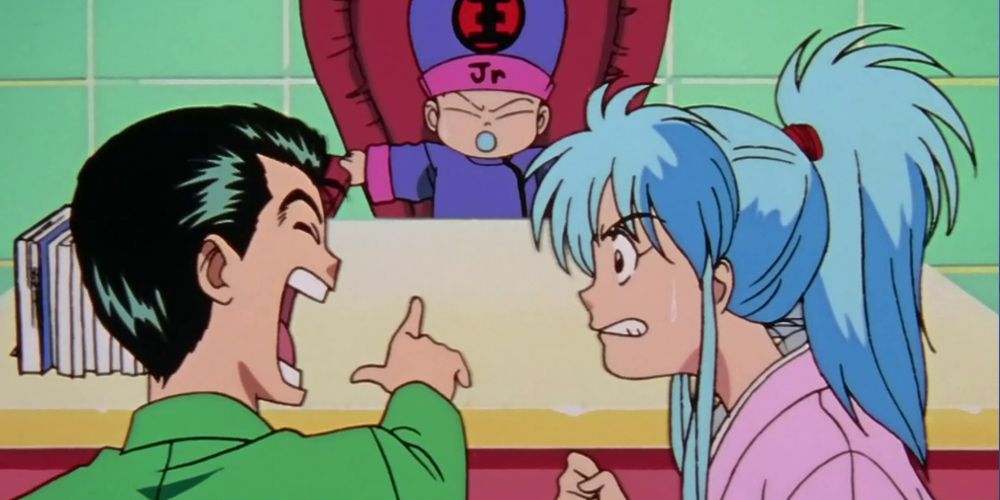
Like many long-running anime and manga series, *Bleach* is divided into distinct story arcs. While *Yu Yu Hakusho* is relatively concise with 112 episodes and 176 chapters, *Bleach* is much longer, boasting 418 episodes and 686 chapters (with a final set of 13 episodes coming soon). Despite its length, the *Bleach* manga can be broadly categorized into four main narratives: the Soul Society arc, the Arrancar arc, the Fullbring arc, and the TYBW arc. *Yu Yu Hakusho* follows a similar structure, with its story broken down into four key sagas: the Spirit Detective saga, the Dark Tournament saga, the Chapter Black saga, and the Three Kings saga.
In Yu Yu Hakusho, Yusuke Urameshi begins as a troubled teenager known for causing trouble. Nobody expected him to heroically save a child, which left him in a strange situation after death. He meets Botan, a cheerful and somewhat quirky spirit guide who quickly becomes a close friend. While Botan isn’t very powerful, she’s always there to help Yusuke. Similarly, in Bleach, Ichigo Kurosaki initially comes across as a rebellious teen. Due to his unique background, Ichigo can see spirits without dying, and he learns about the hidden world of Soul Society from Rukia, a Soul Reaper.
Both Yusuke and Ichigo end up in the spirit world, where they share a common goal: protecting humans from hidden dangers. Throughout their stories, they both fight and defeat supernatural enemies—demons for Yusuke and Hollows for Ichigo. Their roles are very similar, with Yusuke working as a Spirit Detective and Ichigo as a Substitute Shinigami, though Ichigo only receives an official badge. Yusuke, however, gains access to special tools like the Concentration Ring and Mystic Whistle. Early on, their adventures take different turns; Yusuke continues fighting on Earth, while Ichigo’s battles lead him to the Soul Society.
Two Iconic Yu Yu Hakusho Villains Mirror Aizen Sosuke’s Duality
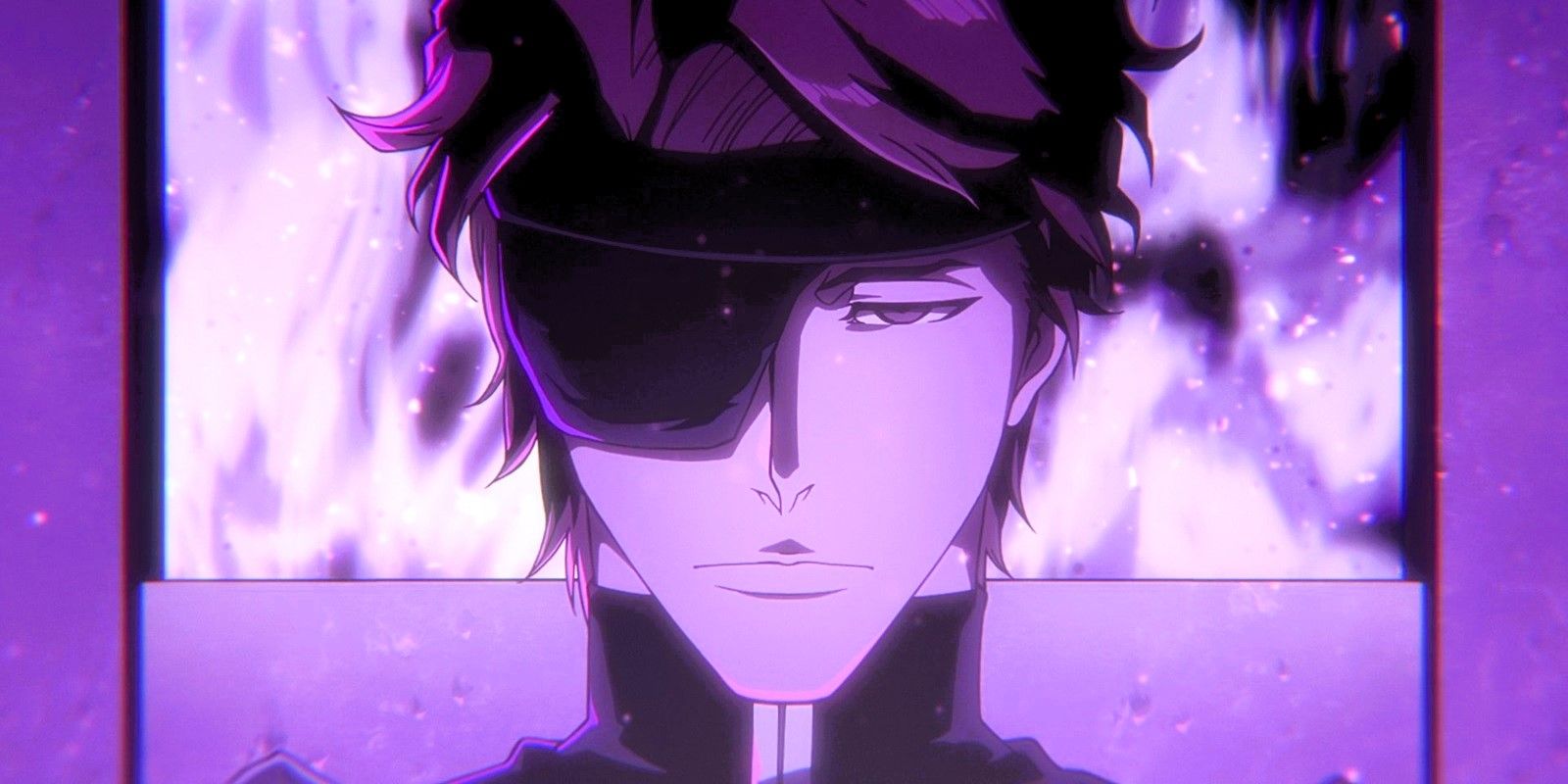
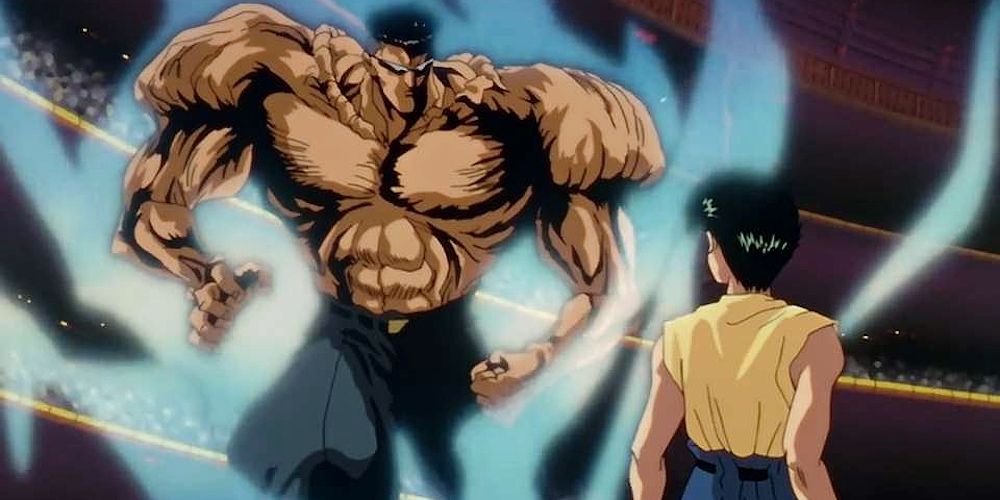
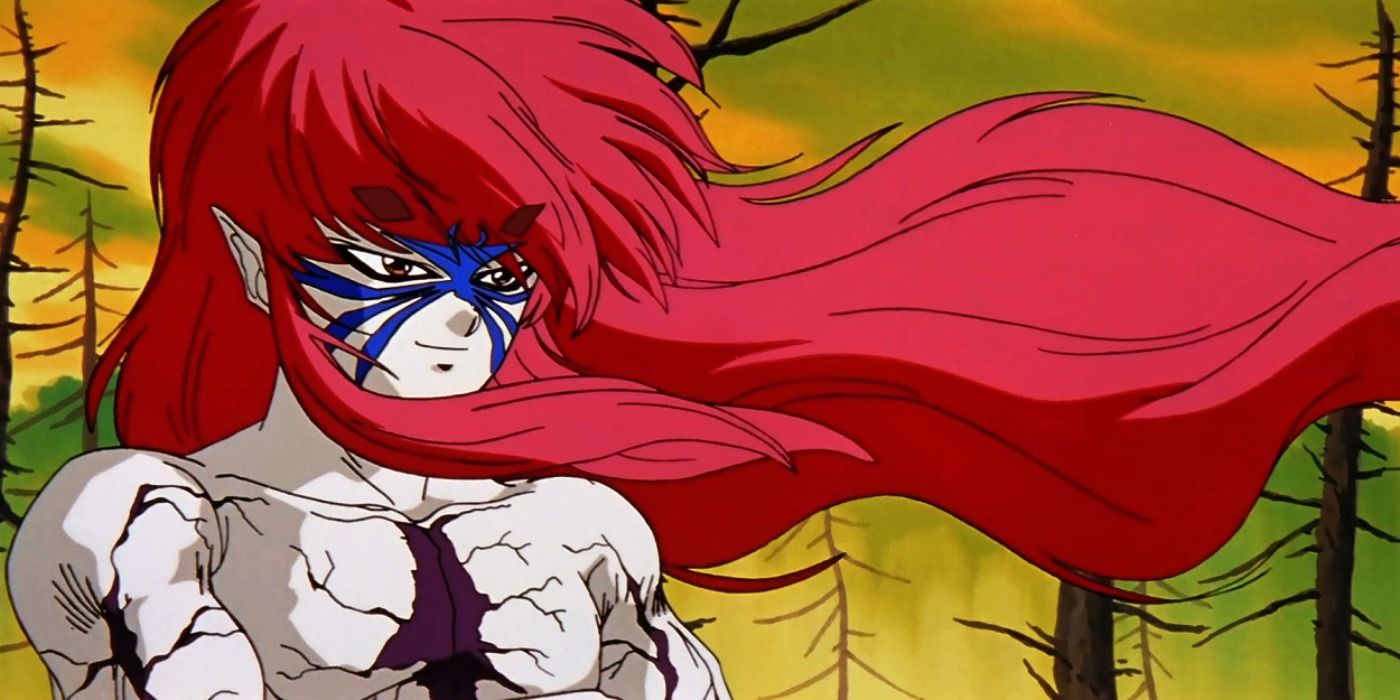
Yusuke Urameshi trains with Genkai to become stronger, a setup similar to Ichigo and Kisuke Urahara in *Bleach*, where both characters guide their main protagonists’ growth. However, this is a common trope in action anime, so it’s not a significant connection. The similarities become clearer when looking at the villains. While Yusuke’s fight with Hiei is important, Hiei later joins Yusuke’s team. Therefore, Rando is the first true villain Yusuke faces in *Yu Yu Hakusho*. The same happens with Ichigo, who initially thinks Byakuya is his main enemy, but later discovers that…
Rando has the ability to perfectly disguise himself as anyone, keeping Yusuke in the dark about the villain’s true identity throughout most of Genkai’s Disciple Selection Trials, which builds suspense. While Aizen Sosuke from *Bleach* is far more powerful and could easily defeat Rando, he also operates secretly, waiting for the opportune moment. The biggest surprises in both *Yu Yu Hakusho*’s Spirit Detective storyline and *Bleach*’s Soul Society arc center around revealing the hidden identities of the villains. Whether Rando uses Transformation or Aizen relies on Perfect Hypnosis, the effect is similar: both characters prefer to manipulate events from the shadows as they pursue their goals of gaining more power.
Yusuke barely defeats Rando and then begins intense training with Genkai. The story then introduces the Saint Beasts, a new group of villains who aren’t really similar to those in *Bleach*, launching the Dark Tournament Saga. We meet Toguro, who is the strongest villain Yusuke has faced so far – even 60% of his power is terrifying. Toguro can increase his strength, and his transformations—going from 60% to 80% to 100% and finally to 100% of 100%—are reminiscent of Aizen’s power-ups in *Bleach*’s Arrancar arc, where he goes through four increasingly powerful forms.
The Chapter Black Saga and the Fullbring Arc Empower Humans
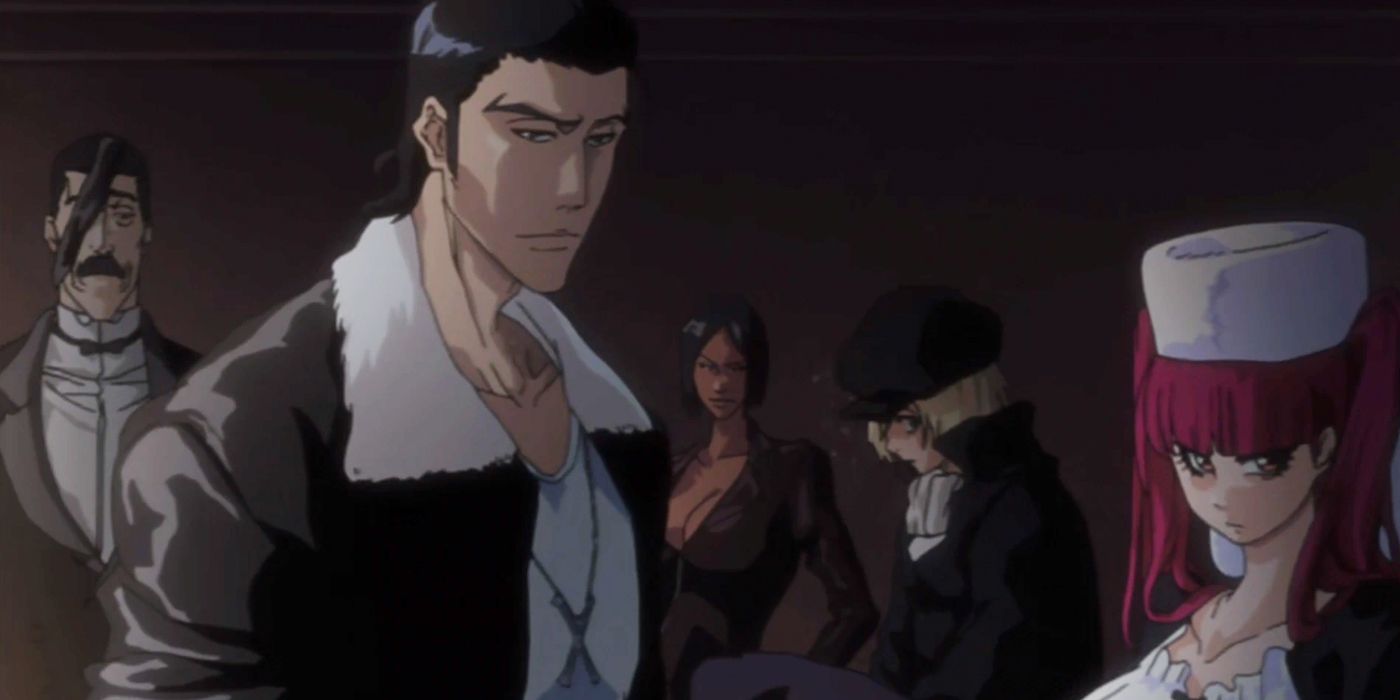
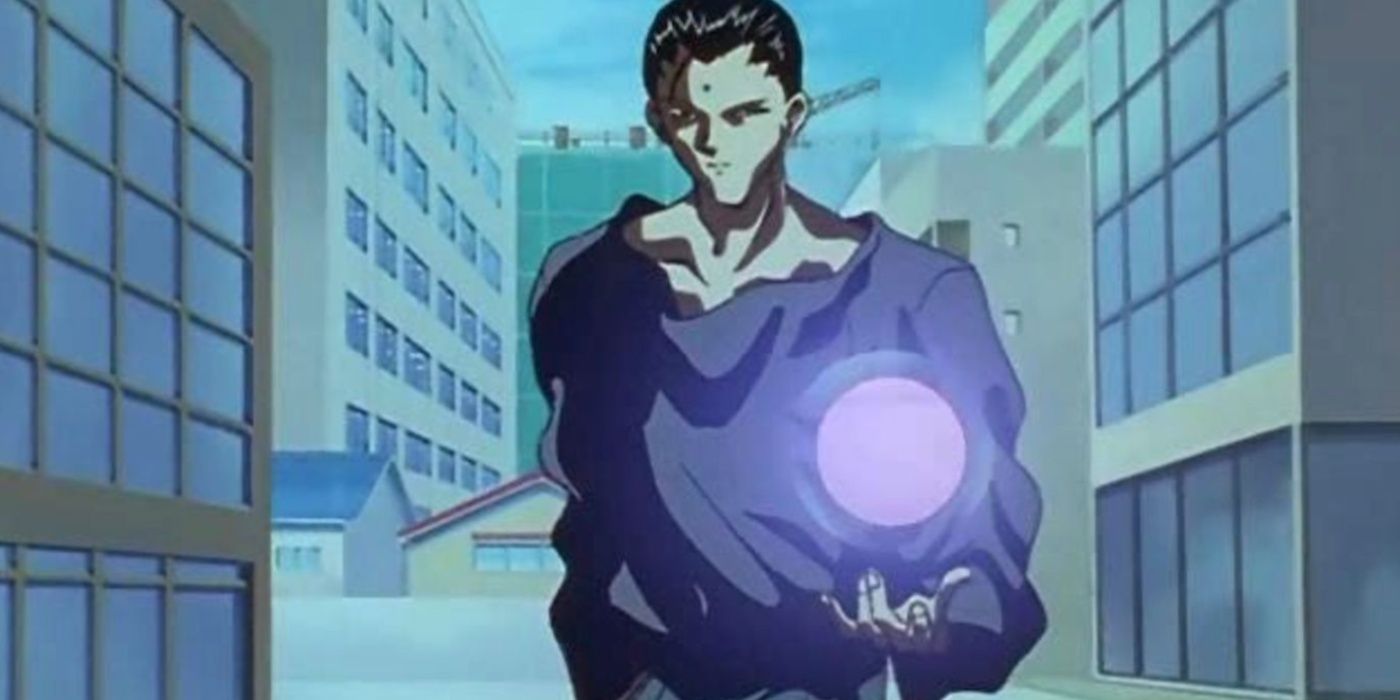
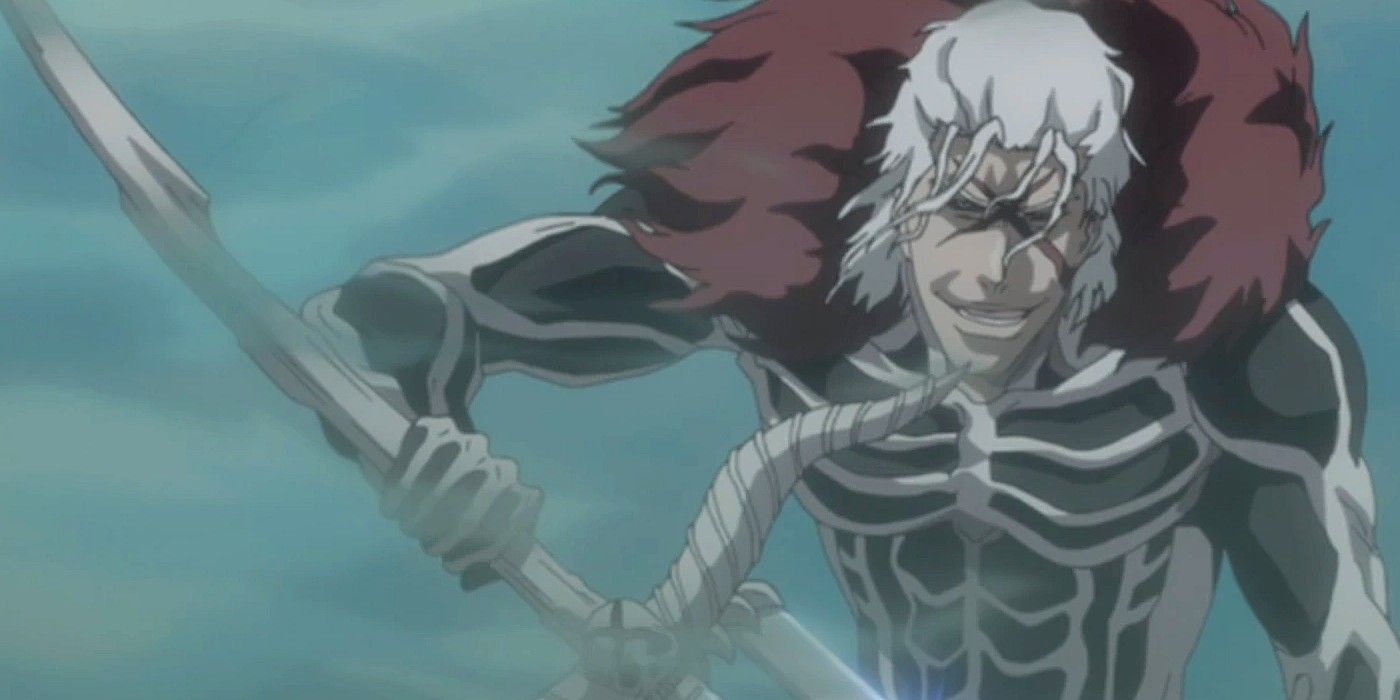
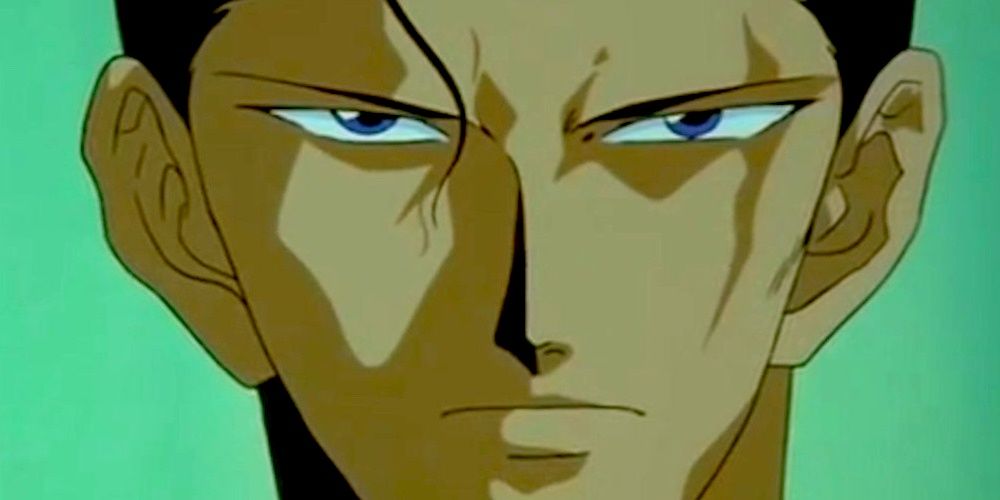
The Chapter Black arc of *Yu Yu Hakusho* is often compared to the often-criticized Fullbring arc of *Bleach*. The main villain, Shinobu Sensui, was once a Spirit Detective who served the Spirit World and Koenma. He was born with incredible spiritual power and naturally fought off demons as a child. Recognizing his potential, the Spirit World recruited him. Sensui performed exceptionally well as a detective until he encountered the Black Black Club’s Feast of Human Vices. This event challenged his strict sense of right and wrong – he couldn’t accept humans harming demons – and ultimately led to a mental breakdown, causing him to lose his position and go on a destructive path.
Despite having different reasons for their actions, Kugo Ginjo from *Bleach*, the main villain of the Fullbring arc, shares a strikingly similar background to Sensui. Both Kugo and Sensui possessed natural abilities that qualified them to be Substitute Shinigami – in fact, they were the very first to hold those roles. Kugo left Soul Society after discovering he was being watched through the Substitute Shinigami badge, leading to a destructive path mirroring Sensui’s. Both villains disappeared for years, only resurfacing after a new Spirit Detective/Substitute Shinigami – Yusuke and Ichigo, respectively – was chosen.
Beyond the main villains, both of these story arcs feature ordinary people suddenly gaining new abilities. The Chapter Black saga explores how people cope with these newfound powers, eventually leading to Shinobu Sensui. Similarly, Kugo Ginjo gathers a group of humans with the potential for Fullbring and helps them unlock their powers. While Sensui doesn’t directly train his followers, they become empowered due to the demon realm he opens. Although the Chapter Black saga and the Fullbring arc feel distinct, fans are curious about the similarities between them and what they might signify.
The Final Arcs of Bleach and Yu Yu Hakusho Highlight the Heroes’ Heritage
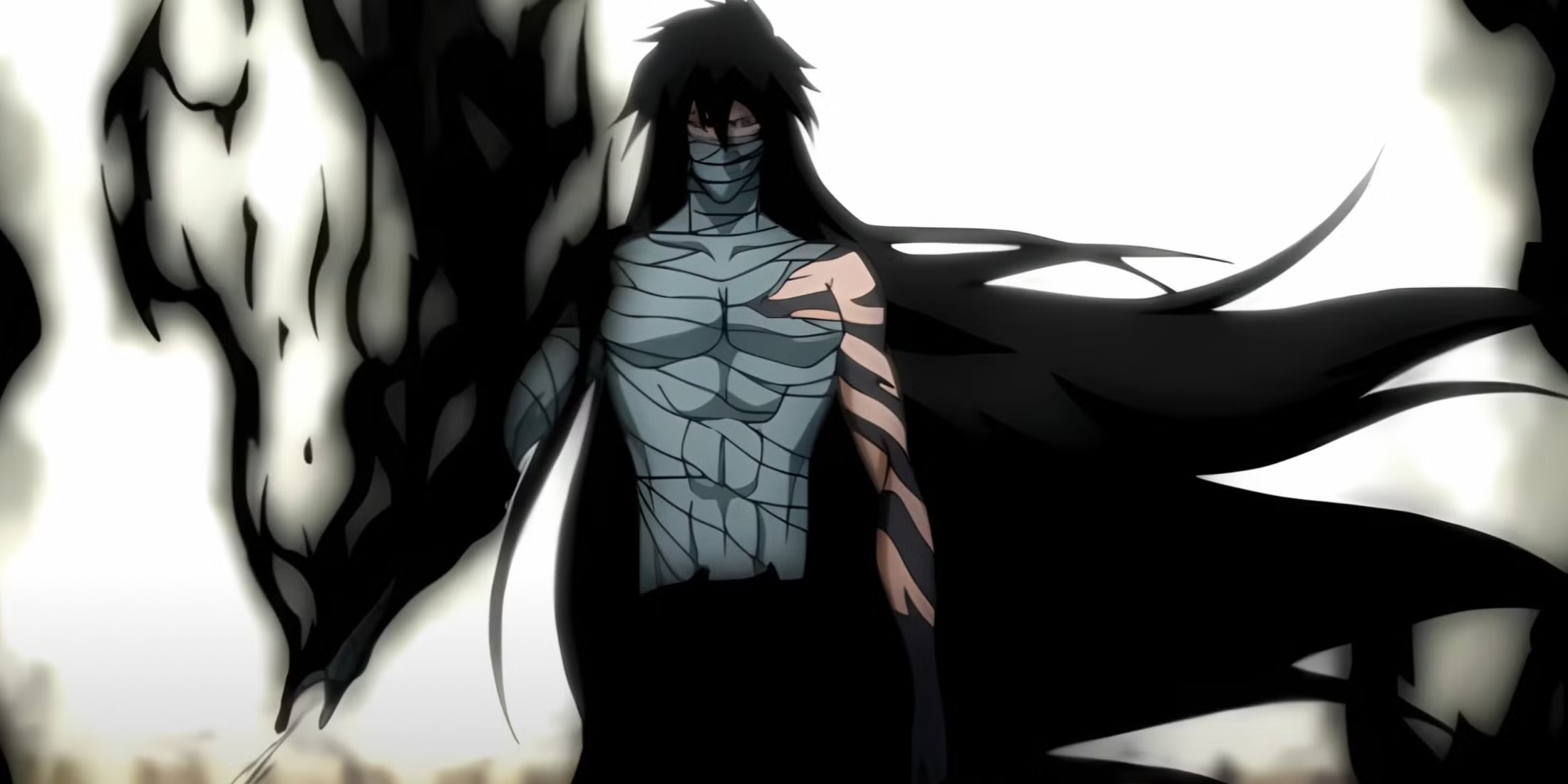
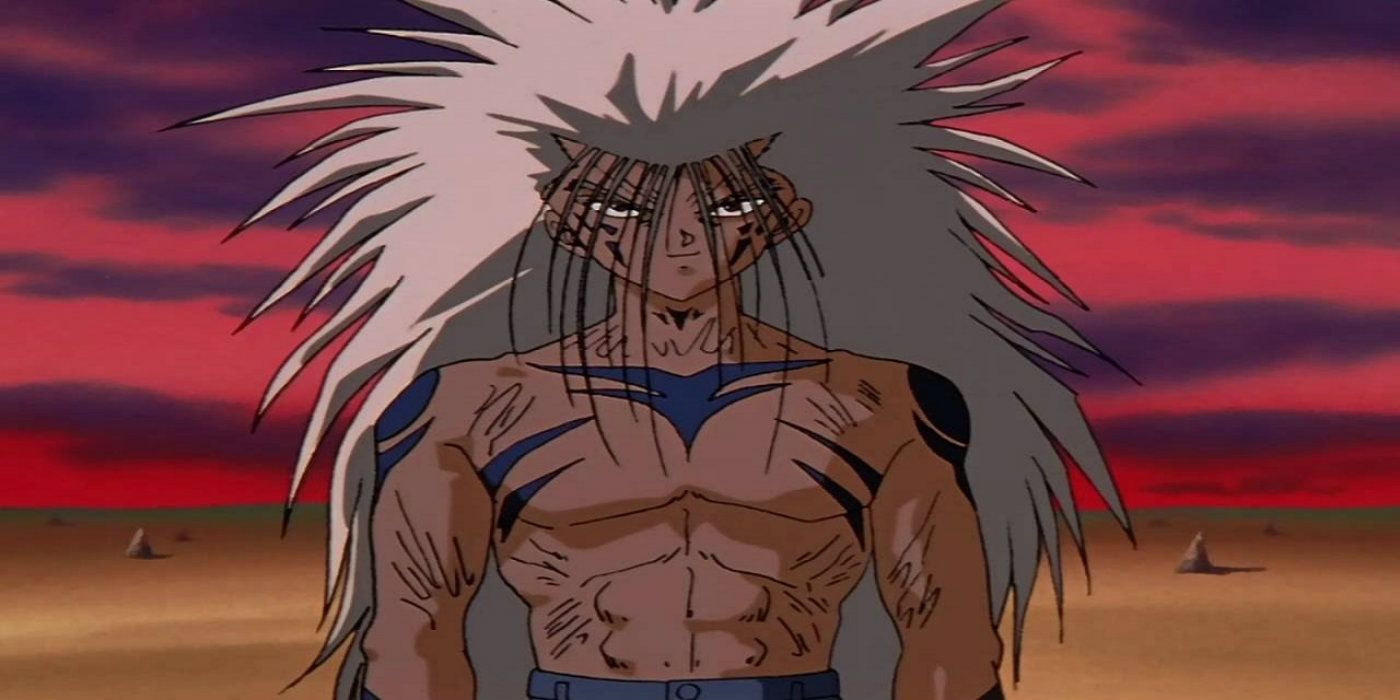
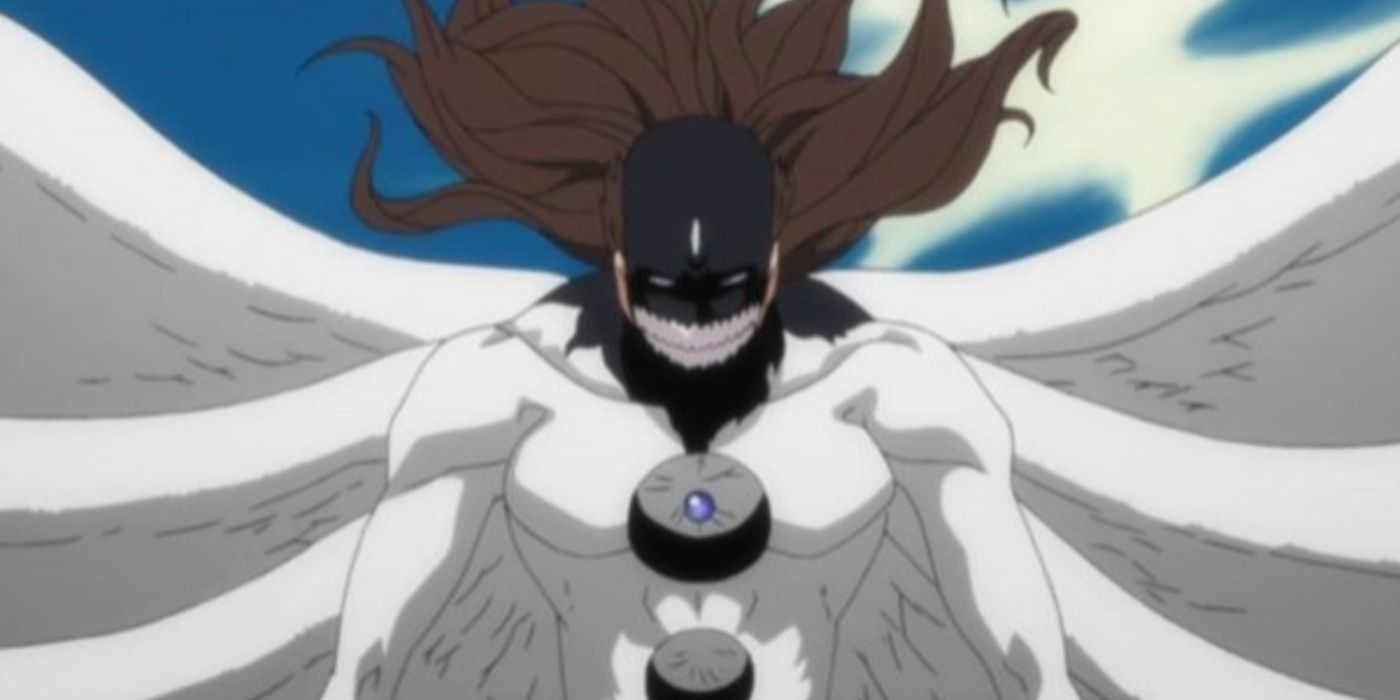
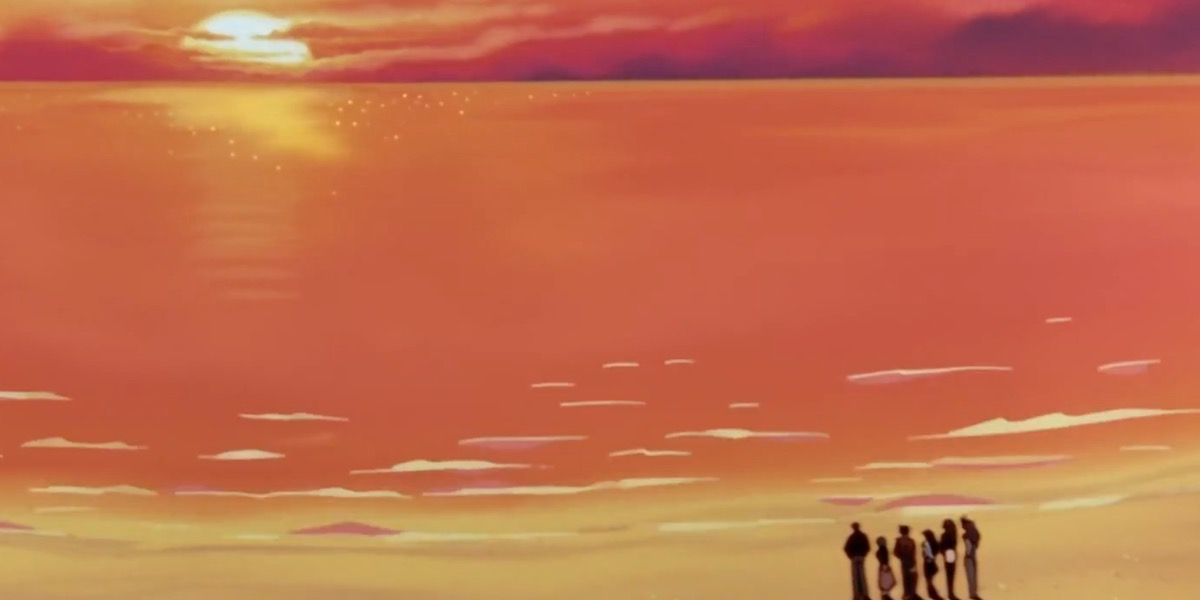
Both *Yu Yu Hakusho*’s Three Kings arc and *Bleach*’s Thousand-Year Blood War feature major conflicts – a tournament of incredibly powerful fighters in *Yu Yu Hakusho*, and a large-scale war threatening the balance of the spirit world in *Bleach*. Interestingly, both storylines share a surprising connection: a reveal about the main character’s ancestry. It’s discovered that Yhwach is Ichigo’s ancestor, and Raizen is revealed to be Yusuke’s (this connection is established in a related story, even though the full reveal happens later). While both are the strongest characters in their respective series, Raizen differs from Yhwach in that he isn’t a villain.
Both *Yu Yu Hakusho*’s Three Kings arc and *Bleach*’s Thousand-Year Blood War focus on the main characters discovering and embracing their demonic or Quincy ancestry, which leads to significant power increases. Yusuke, as a descendant of Raizen, sees his spiritual abilities amplified by his demon heritage, and Ichigo unlocks the full potential of his Zanpakuto by accepting his Quincy lineage. However, the stories end differently: Yusuke steps back from the final stages of the Demon Tournament, while Ichigo plays a direct role in defeating Yhwach. While the Three Kings arc brings big changes to the Demon World, the Thousand-Year Blood War maintains a similar status quo.
It would be easy to dismiss the idea that *Yu Yu Hakusho* borrowed from *Bleach* if there were only a few similarities. However, the number of overlapping elements is too significant to be mere coincidence. Both *Bleach* and *Yu Yu Hakusho* are important anime series that have greatly impacted the shonen genre and hold a special place in anime history. Despite all the parallels, *Bleach* has become a standout anime of the early 2000s – Tite Kubo’s work is incredibly influential and remains one of the most popular and powerful series in the medium.
Read More
- FTN/USD
- Прогноз криптовалюты UNI: прогнозы цены UNI
- Прогноз криптовалюты CRV: прогнозы цены CRV
- Золото прогноз
- Прогноз нефти
- Прогноз криптовалюты USD1: прогнозы цены USD1
- Серебро прогноз
- Positive Technologies акции прогноз. Цена акций POSI
- How Travis Kelce Reportedly Pulled Off His Sweet Proposal To Taylor Swift: ‘He Knew He Wanted To Marry Her’
- Прогноз криптовалюты IP: прогнозы цены IP
2025-10-11 03:10